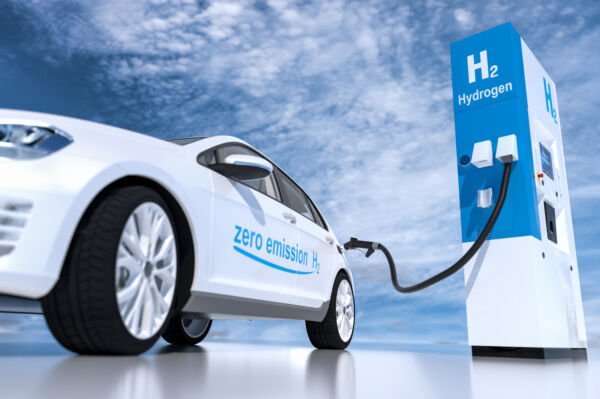Hydrogen fuel cell cars are not just a concept from science fiction or a fringe research project. Vehicles like Toyota’s Mirai and Hyundai’s Nexo have already hit the market, with fuel cell technology constantly advancing and benefiting from billions of dollars in federal research and infrastructure funding in the United States. But why are hydrogen cars virtually non-existent on American roads? What exactly has happened?
“The answer is quite simple: economic factors,” said Sergey Paltsev, a senior research scientist at the Massachusetts Institute of Technology Energy Initiative, in an interview with Popular Science on October 30th. Politicians and automakers once viewed hydrogen fuel cells as the future of passenger cars, technology that converts the chemical energy of hydrogen into electricity to power electric motors. But with the declining cost of batteries and the advantage of existing charging infrastructure like the grid, battery electric vehicles have taken a significant lead in the market.
“This is not just a matter of car costs,” explained Paltsev, who is also the deputy director of MIT’s Center for Sustainable Science and Strategy. This is crucial because in California, low-mileage hydrogen cars are often sold at significant discounts.
The high cost of hydrogen-powered passenger cars is mainly due to the lack of infrastructure for hydrogen refueling, low energy conversion efficiency, and excessively high fuel prices at filling stations.
A large-scale shift to hydrogen vehicles requires significant infrastructure development. According to the U.S. Department of Energy’s Alternative Fuels Data Center, there are currently only 55 public hydrogen refueling stations in the U.S., with almost all located in California, while there are over 68,000 active public electric vehicle charging stations nationwide. Even in California, refueling passenger hydrogen cars is so challenging that it led to a class-action lawsuit against Toyota in July.
Gregory Keoleian, co-director of the University of Michigan’s Sustainable Systems and “Michigan Hydrogen” organization, told Popular Science that the focus on hydrogen fuel cell cars has shifted from passenger vehicles to more advantageous applications like medium and heavy-duty trucks and aviation.
“When you face issues with range or refueling time, or when the load is too heavy, battery electric vehicles may encounter some problems,” Keoleian said. “This is where hydrogen can come into play, such as for long-haul trucks.”
“In sectors like railways and commercial trucks, your refueling station distribution is more decentralized. You don’t need a concentration of a large amount of refueling facilities, and you don’t need them at every corner. For these applications, hydrogen indeed has the opportunity to decarbonize,” he explained.
Paltsev stated, “There won’t be any changes next year, or for the next five years, but hydrogen fuel cars have a brighter future. If hydrogen becomes a ‘larger source of energy demand’ in other economic sectors like heavy transport and industry, the challenges of fuel and infrastructure will be ‘easier to tackle,’ bringing ‘positive spill-over effects and synergies’ for hydrogen fuel cars.”
He also mentioned that the economic viability of hydrogen fuel cars is more attractive in some regions than others, such as in Japan where electricity costs are higher. Several automakers are still investing in hydrogen fuel cell passenger cars, as evidenced by the recent partnership announcement between BMW and Toyota. The two companies stated that BMW’s mass-produced hydrogen-powered vehicle will be launched in 2028.
He warned that in places like the U.S., where hydrogen fuel passenger cars are currently impractical, it is not a reason to “abandon” the application of fuel cell technology. He added, “In the future, we may need it for many other reasons.” He noted that geopolitical issues could affect the sourcing of battery materials, making hydrogen fuel cars suddenly more economically viable.

